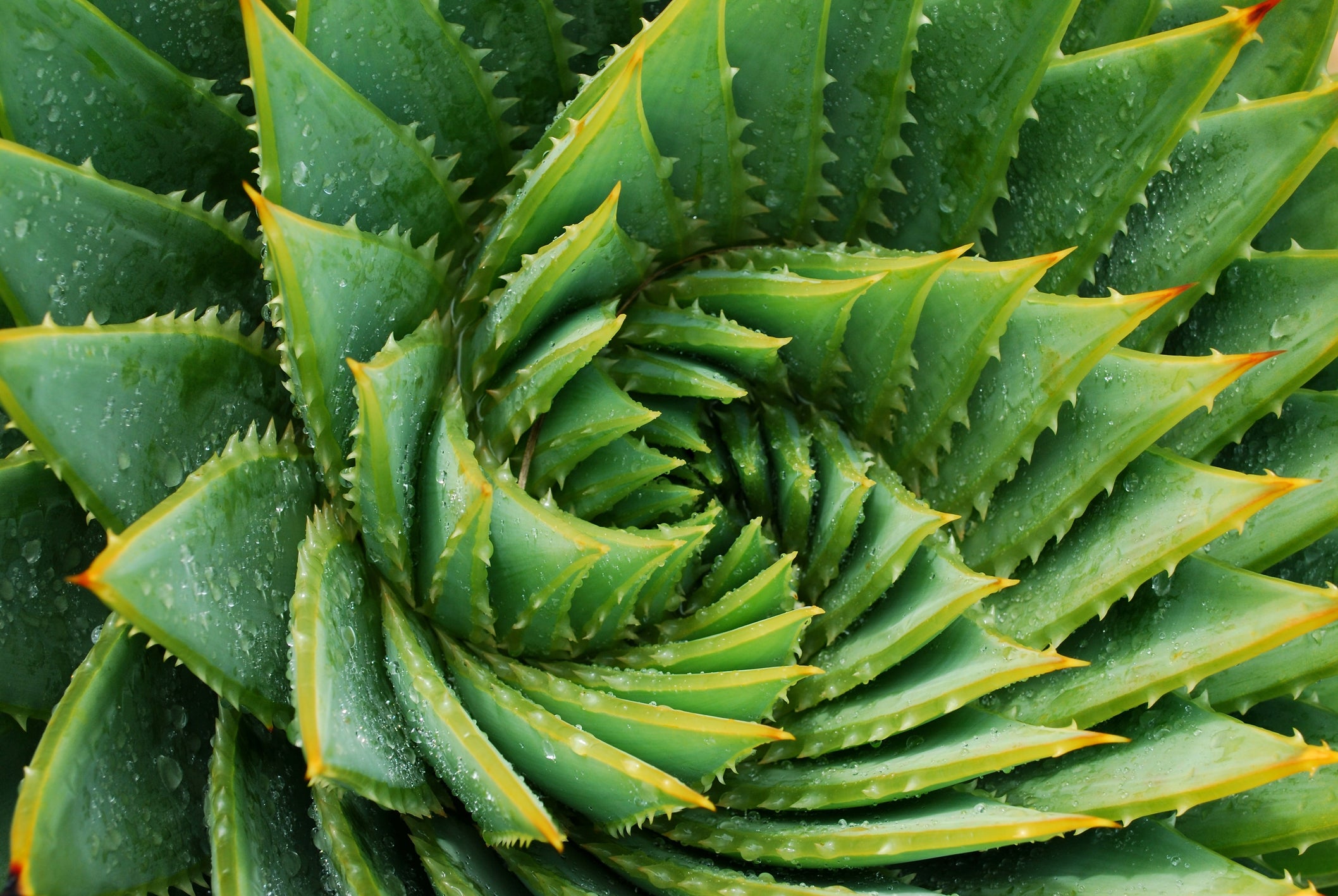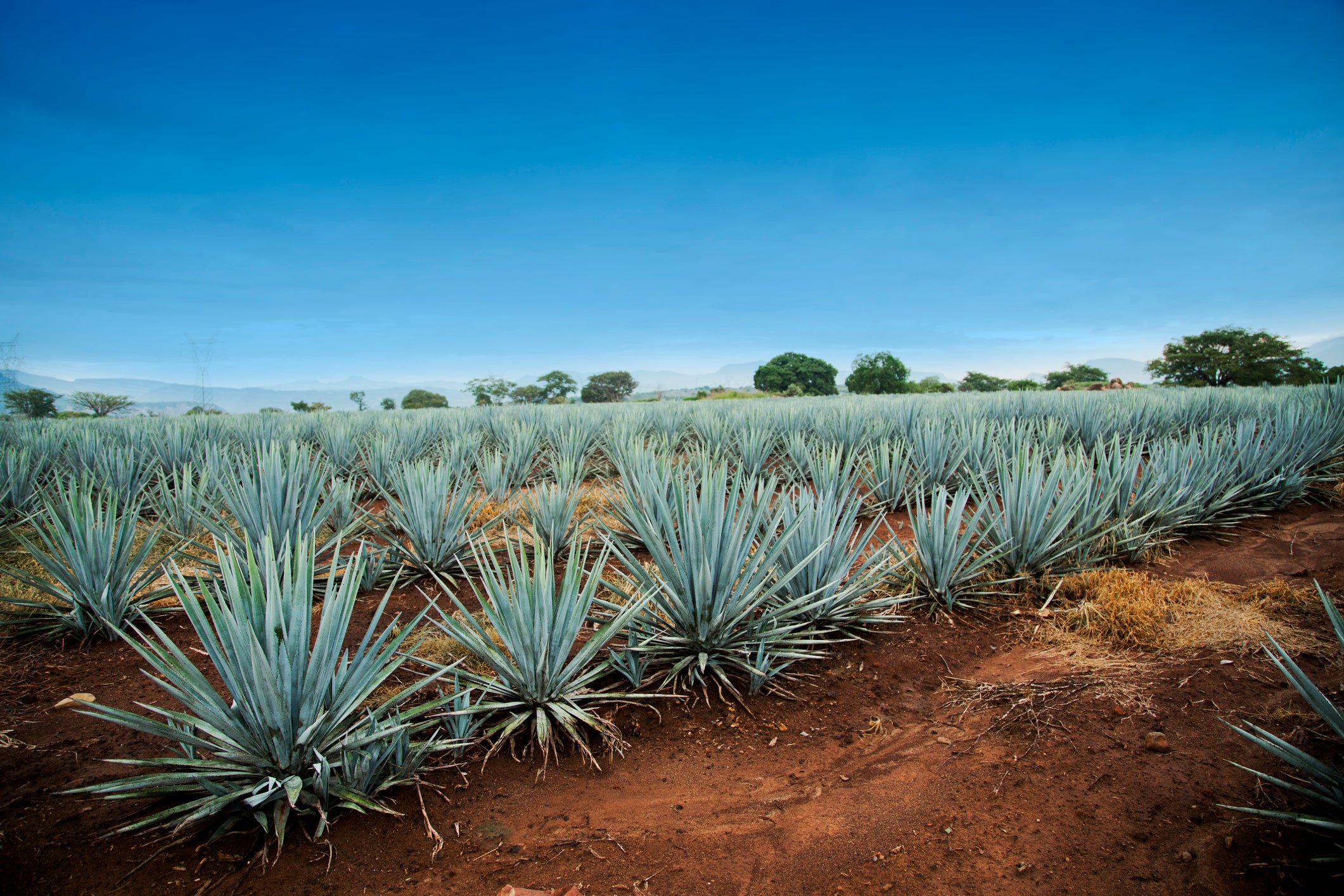Health blogger Zhang poisons herself with agave plant after mistaking it for aloe vera
The clip highlights the perils of experimenting with exotic plants

A video blogger has apparently live-streamed herself being poisoned - by eating a plant which she mistakenly thought was aloe vera.
The 26-year-old - known online as Zhang - appeared on an internet live-stream holding two large dark-green leaves, which look similar to those of the aloe vera plant.
During the broadcast – called Aloe Vera Feast – she is seen taking a large bite out of one of the leaves, but it quickly becomes clear that something is wrong as she remarks upon the surprising bitterness of the plant.

According to Shanghaiist, she was actually eating Agave Americana, a poisonous plant which contains known irritants.
She reportedly broke out into "rashes and blisters", and had her stomach pumped to remove traces of the plant. While it's hard to confirm that local reports about the veracity of the video, it does highlight the potential dangers of laymen experimenting with more exotic plants.

The agave plant's sap contains calcium oxalate crystals, acrid oils, saponins, and other compounds which irritate the human body. A page on the US Food and Drug administration’s website lists scores of studies into the plant’s harmful effects.
Cornell University’s college of agricultural and life sciences says the plant has several toxic compounds, and calls the calcium oxalate crystals "incredibly irritating".

Actual aloe vera leaves are harmless – other than producing a laxative effect in larger doses – and food and fitness bloggers regularly whizz up the plant's leaves in smoothies, or add it to salads.
The outer skin of the plant can be eaten but it's often tough and stringy, so generally only the clear inner part of the stalk is eaten.

Some avoid the hassle of separating the stalks by simply juicing the plant, or gently poaching it to soften it up.
The agave plant does have culinary uses, and is best known for mescal and tequila, which is made from the fermented pulp. However, the exotic desert plant needs careful preparation to avoid any significant side-effects.
Join our commenting forum
Join thought-provoking conversations, follow other Independent readers and see their replies
0Comments